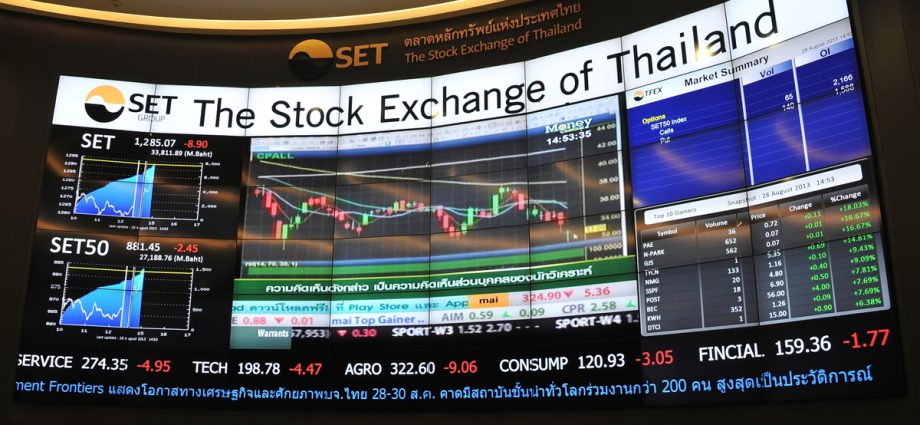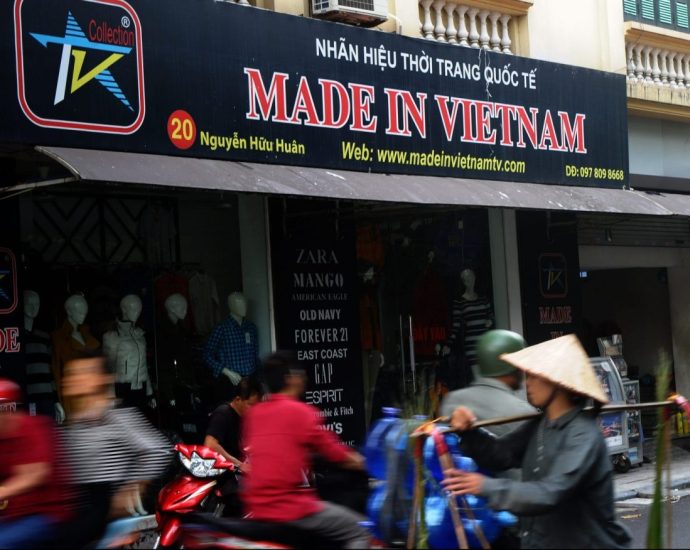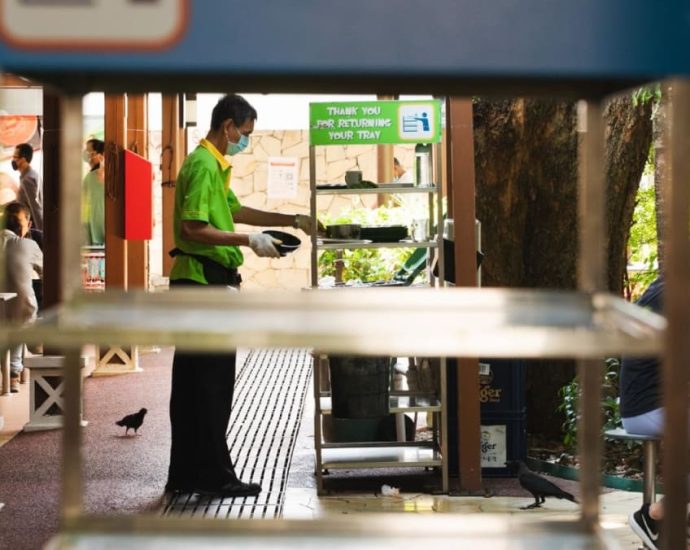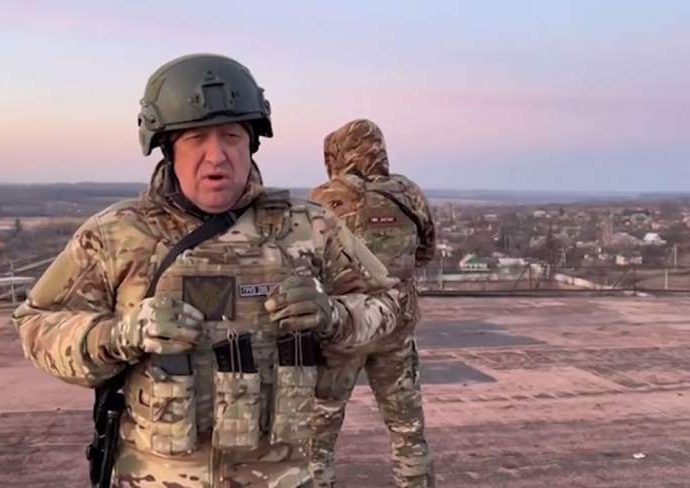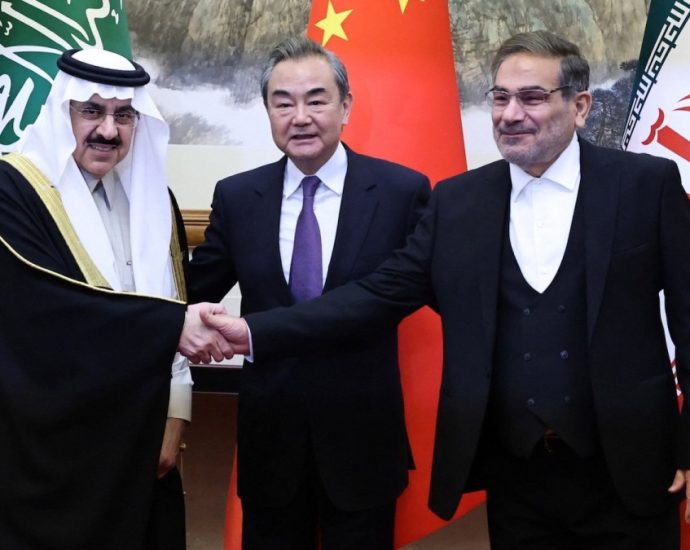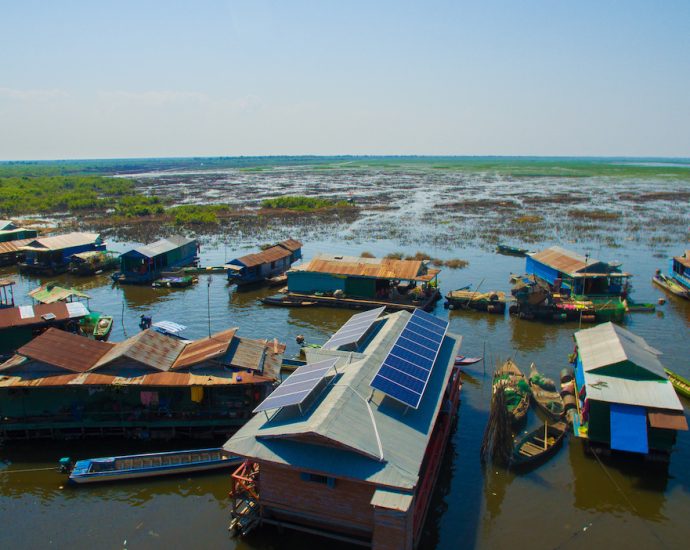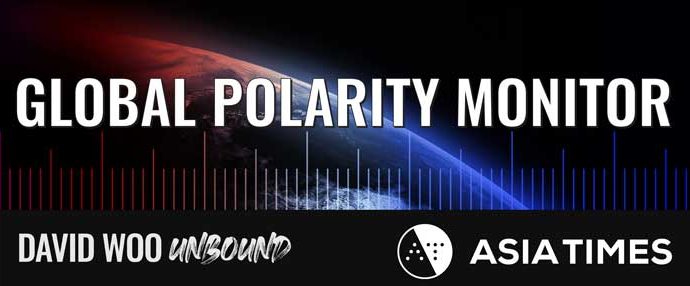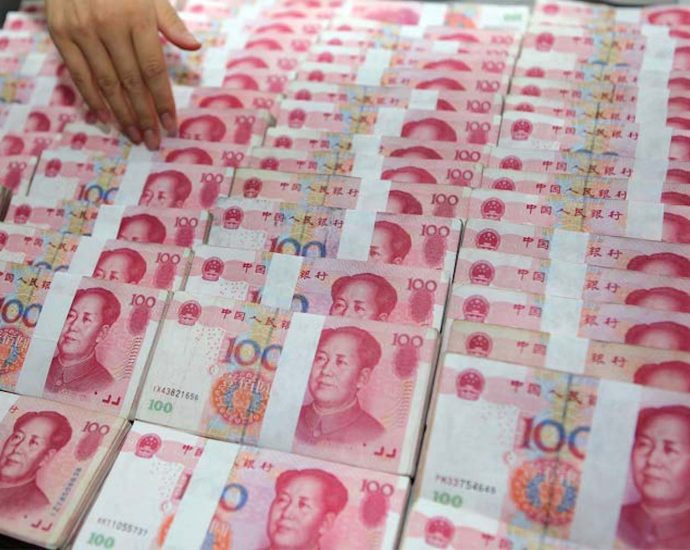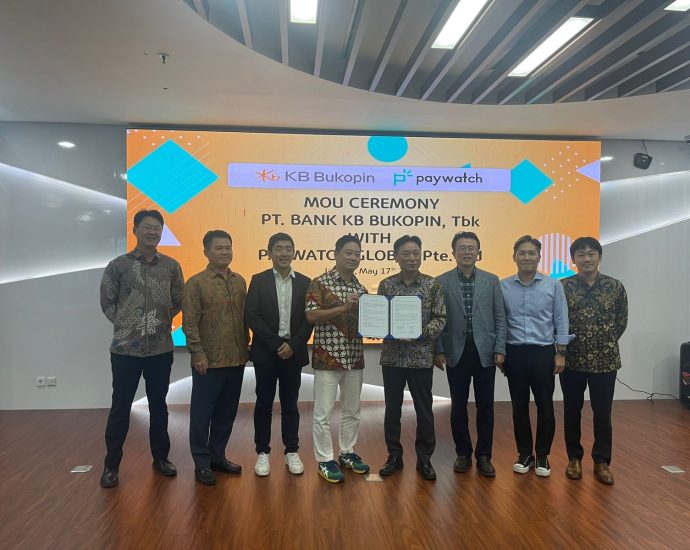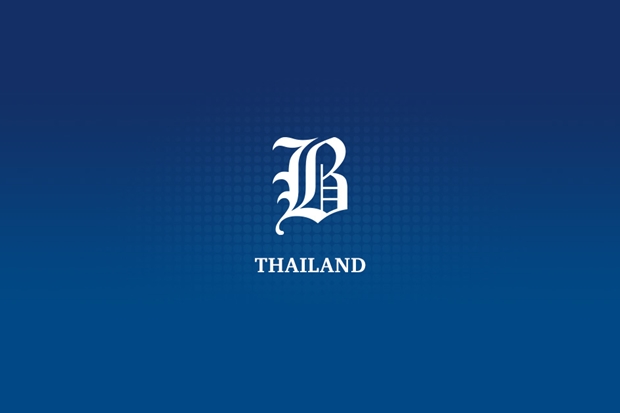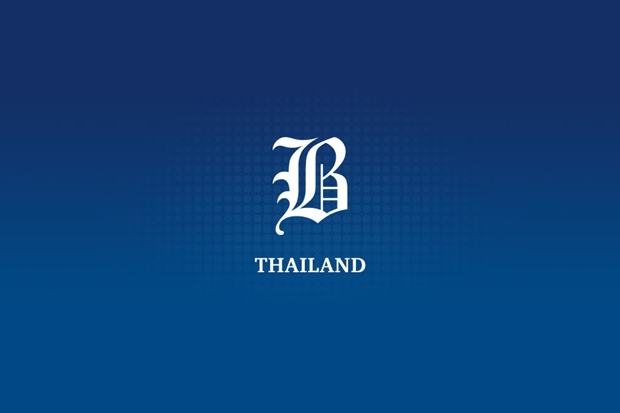Thai stock exchange completes infrastructure upgrade | stock exchange of thailand, set, nasdaq, technology, upgrade, infrastructure | FinanceAsia

On Wednesday (May 31) Nasdaq and the Stock Exchange of Thailand (SET) announced the launch of a new trading system that is set to provide improved function and efficiency across capital market dealflow and execution.
The upgraded infrastructure is built on Nasdaq-conceived technology that draws on state-of-the-art, in-built market data distribution and surveillance systems which support increasing transaction volumes and product varieties.
“Nasdaq has had a longstanding partnership with SET, having provided technology solutions to the exchange for over a decade. This announcement marks the successful completion of a technology upgrade programme that began in 2019,” Roland Chia, executive vice president and head of Marketplace Technology at Nasdaq, told FinanceAsia.
“It facilitates efficient system integration with widely adopted interfaces based on global standards for order entry and market data, including ITCH and OUCH.”
He shared that following the recent successful launch, SET has plans to integrate additional capabilities into its workflow, including Nasdaq’s Pre-Trade Risk Management, Index calculator, Data platform and other Market Surveillance solutions.
In the announcement, SET president Pakorn Peetathawatchai explained that the new system was inaugurated by the Thailand Futures Exchange last month and achieved a “smooth transition”. He reported particular success in terms of improved efficiency and faster order management.
In a video discussing the infrastructure upgrade, Thirapun Sanpakit, head of SET’s Information Technology division, highlighted the development’s capacity to “boost the competitiveness of the Thai capital market.”
“We believe the solution will enable our customers to achieve the fastest time to market. While also minimising total cost of ownership,” he said.
Sanpakit explained that the upgrade reduces roundtrip order latency to under 40 microseconds and said that it would support the bourse’s pursuit of new product launches. He detailed callable bull-bear contracts (CBBC) in the equity market, and single stock options in the Thailand Future Exchange (TFEX) derivatives market, as likely to go live in the near future.
The Thai bourse boasts the highest liquidity among Asean-based exchanges – a position it has maintained for over a decade. In 2022, capital raised through IPO totalled $3.46 billion, the highest volume among Asean exchanges and fourth largest in Asia after China, South Korea and India. According to Sanpakit, the exchange handles a daily trading volume of $2.5 billion.
SET was not able to comment beyond the press release prior to publication.
¬ Haymarket Media Limited. All rights reserved.

